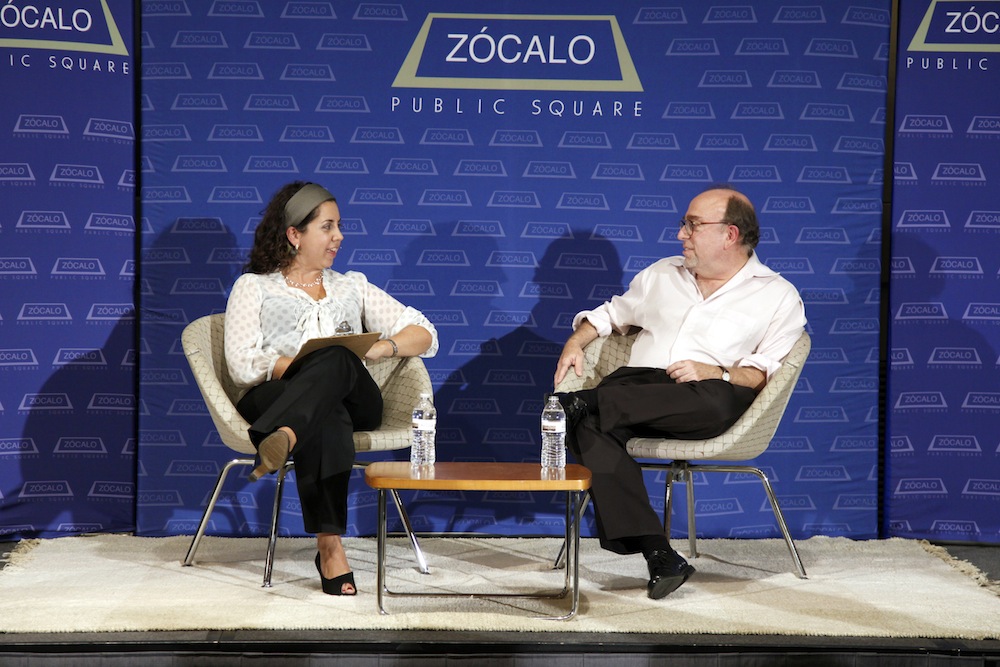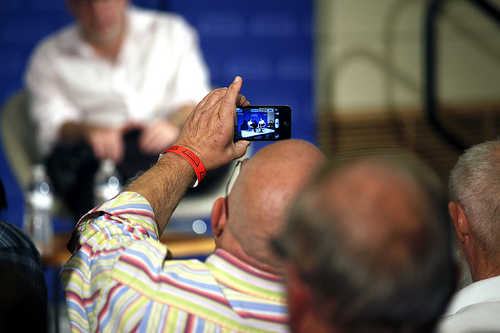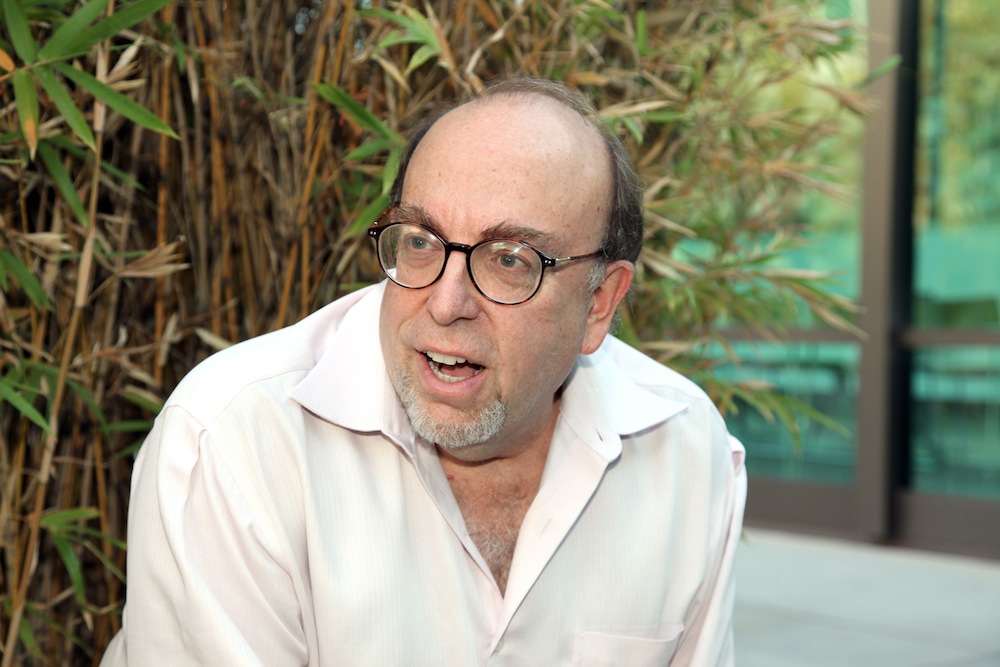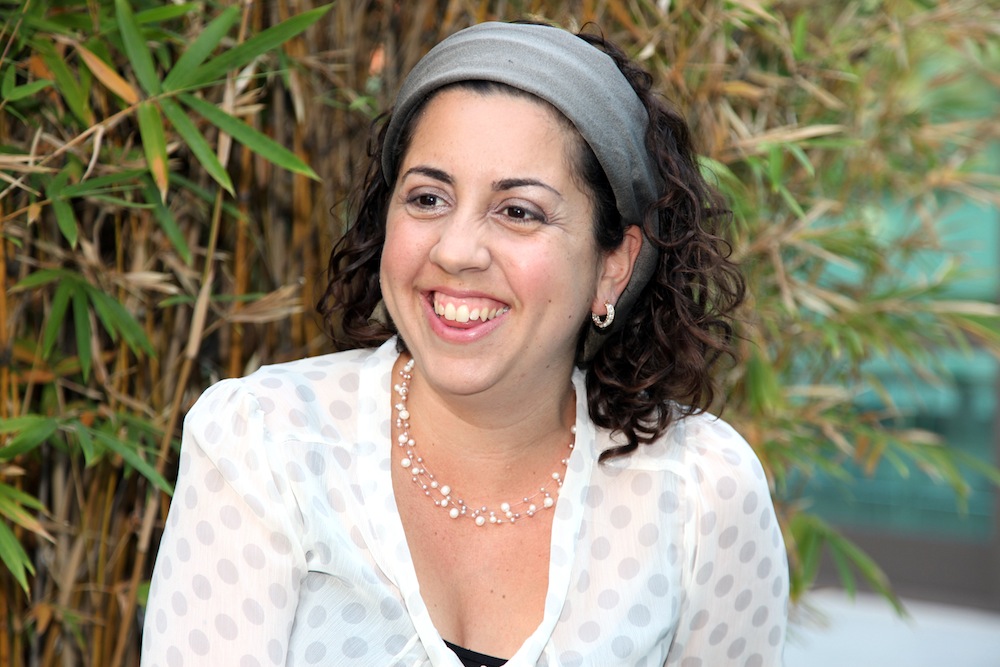
“When I was a little kid growing up in L.A. in the 1950s, about one in three American workers belonged to unions,” said Washington Post columnist and American Prospect editor-at-large Harold Meyerson. But today, only 30 percent of public-sector workers and 6.6 percent of private-sector workers are unionized. The decline of unions, Meyerson told a crowd at the California Endowment, might not be the only reason today’s U.S. middle class is less prosperous than that of a half century ago. But it is a major factor, particularly when you consider that Americans who aren’t in competition with offshore workers—truckers, construction workers, teachers—have seen their wages stagnate or decrease in recent years.
What, asked New York Times reporter Jennifer Medina, the evening’s moderator, does this mean for politics in America today? Does the American left still rely on labor?
For decades in America, labor “could be described as the anchor tenant in the house of postwar liberalism,” said Meyerson. Unions paid for the buses that transported people to the March on Washington 50 years ago. They helped fund Martin Luther King Jr., Cesar Chavez and the United Farm Workers, Students for a Democratic Society, the National Organization for Women, and the first Earth Day. “Even today,” said Meyerson, “labor is actually key to funding and providing some coordination to a slew of liberal events,” like the marches for immigration reform that took place in Los Angeles over the past few years.
But while labor in many ways “remains essential both to the left and at election time to the Democrats,” at the recent 2013 AFL-CIO Convention in Los Angeles, labor had to admit that it couldn’t accomplish its goals without bringing in other community organizations.
“Essentially, there’s no collective bargaining in the United States anymore,” said Meyerson. There are so few unionized workers that the unions no longer have leverage.
Can unions in this state of affairs, asked Medina, ever get back to doing what they’re supposed to do?
Meyerson said that unions have decided to increase pressure on employers in ways other than traditional organizing. In Los Angeles, the Taxi Worker’s Alliance isn’t a union—taxi drivers are contract workers—but the organization is able to get results. It has been welcomed in by the AFL-CIO, as have other groups working on the fringes of the economy, like domestic laborers. Meyerson said that “the most interesting labor action in the country” recently has been work stoppages by non-unionized fast food workers. The organizers of these strikes didn’t aim to bring McDonald’s to the bargaining table but rather to raise the issue of people working full-time for poverty wages. The result, at least in California, is a climate that has led to a significant increase in the minimum wage.
But even the new minimum wage of $10 an hour, said Medina, makes for “a pretty hand-to-mouth existence.” What difference does this kind of a change make?
“We’ve been in real-live class warfare for a number of years,” said Meyerson. “It’s just been one-sided, and workers have been losing.” The minimum wage might be “pathetic,” but it’s what’s politically possible in the absence of serious collective bargaining and at a time when the average wage has declined in many parts of the country.
So what’s the path forward for labor?
There are two ways in which labor is moving ahead. One is by opening the ranks of unions and the AFL-CIO to workers who aren’t in recognized unions, like taxi drivers and fast food workers. The other is forming a coalition among labor and other liberal organizations. In Los Angeles, which is ahead of the rest of the country, labor councils, Planned Parenthood, NOW, the NAACP, and the Coalition for Humane Immigrant Rights of Los Angeles all meet regularly about advancing a common program.
There’s also a perception problem. A few years ago, the media was reporting a great deal of anti-union sentiment; now, we’re in the era of the 1 percent. Medina asked Meyerson if he thought the pendulum has swung again.
Meyerson said that the low point of American public opinion on unions, according to the Gallup poll, came in 2009, after the auto industry bailout, when under 50 percent of people surveyed said they thought unions were a good idea. The perception of unions has improved gradually, but the problem is that the images of unions for most Americans—particularly young Americans—is outdated and foreign. Today, the most heavily unionized workers are teachers, but when many people think of unions, they see garment workers at the turn of the 20th century or the goons in On the Waterfront.
Although Governor Jerry Brown has backed the boost to the California minimum wage, he hasn’t been a consistent supporter of unions, said Medina. What does this suggest for the future of unions in California and in American politics?
Brown, said Meyerson, signed the first bill in 1975 that gave farm workers collective bargaining rights, and he appointed state Supreme Court justices who had a background in farm worker organizing. But today, Brown illustrates the state of most Democratic officials at the state and local levels: beset by budget crunches and pension issues.
Yet the larger crisis for labor, politically and in terms of image, is that public-sector workers have maintained the benefits the private sector no longer possesses, said Meyerson. In the 1950s, when public unions began organizing, they were asking for the same pensions that were standard in the private sector. Today, private employees are paying taxes that give public employees the benefits private-sector workers no longer have. It’s a crisis that labor will have to confront.








Send A Letter To the Editors